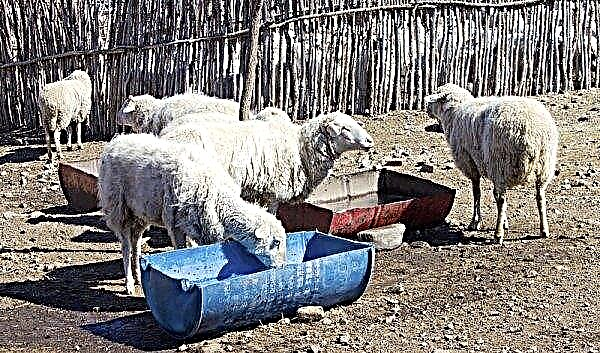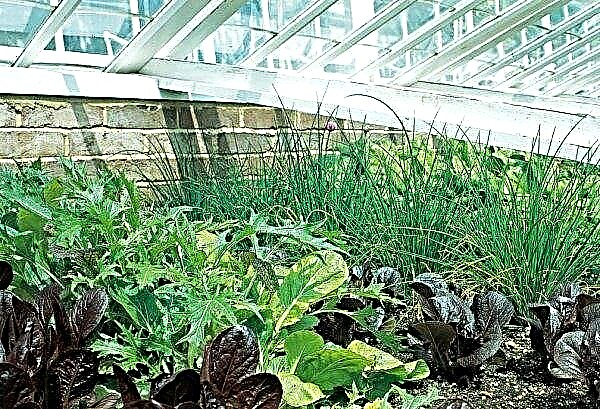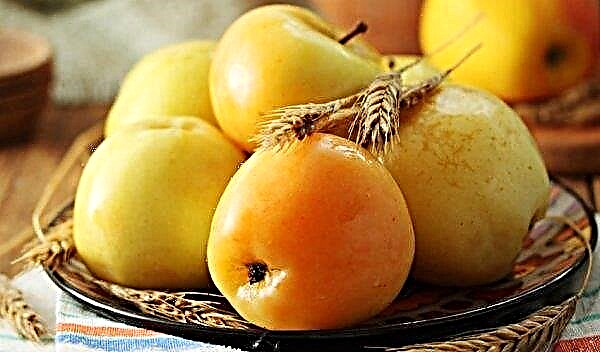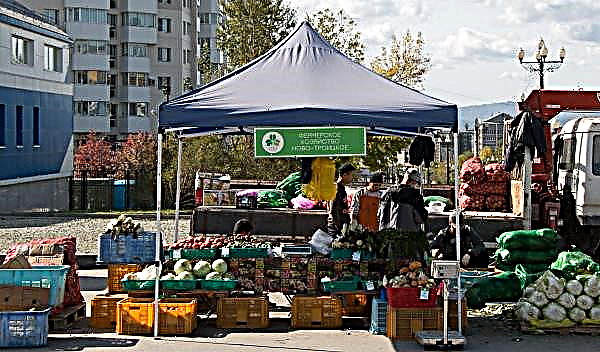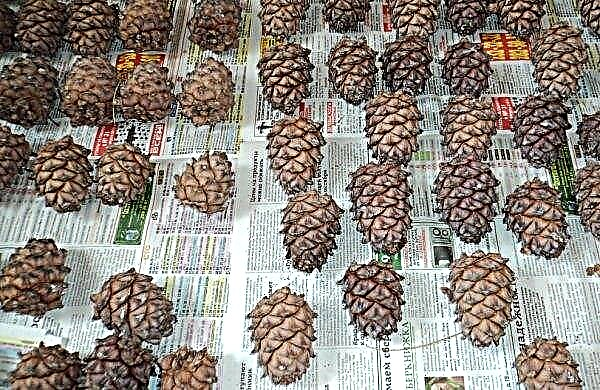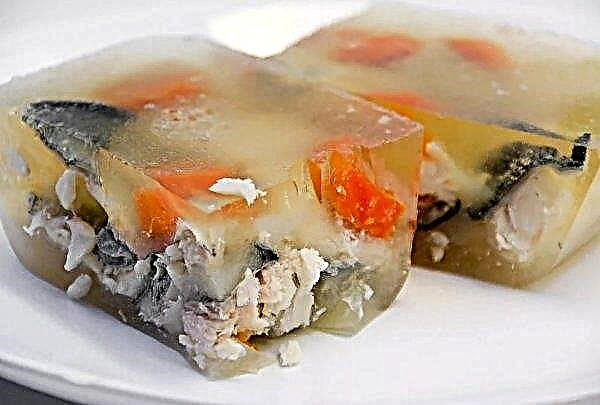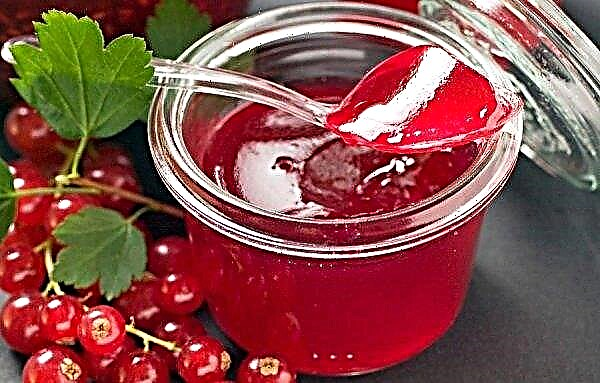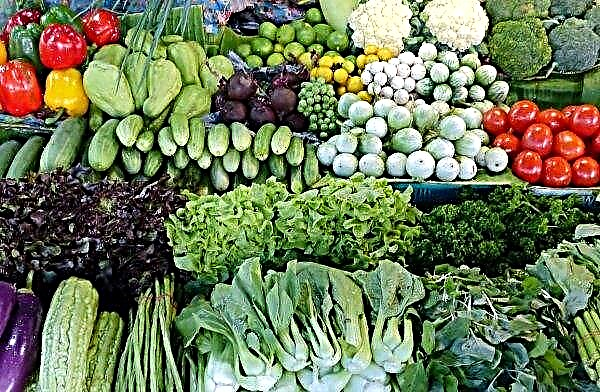At first glance, the idea of freezing beets for the winter, when they are freshly available almost all year round both in the retail network and when stored in the cellar, is, in fact, quite rational. Frozen root vegetables retain 90% of their useful substances, while when they are kept in vegetable stores or cellars, they lose most of their nutrients by spring. In addition, a well-prepared vegetable for freezing is very convenient for its subsequent culinary use. How to properly freeze beets at home will be discussed further.
Preparing beets for freezing
Success in freezing beets in the first place depends on the quality of the selected fruit. They should be small, dense, with a smooth and undamaged surface. The selected root vegetables are freed from the tops and thoroughly washed with a brush under running water.
Important! It is worth choosing a vegetable with one root process, since several of them indicate that the fruit has a rigid structure.
How to freeze beets
It is most convenient to freeze a vegetable in plastic bags equipped with special locks, as well as in containers and corrections (special plastic packaging). For freezing, freezers of ordinary refrigerators are quite suitable, but a better result is obtained when deep-freezers are used.
Beets are frozen in different forms:
- Fresh
- boiled;
- mashed;
- with other vegetables;
- as a borsch dressing.

Fresh
It is possible to freeze a fresh vegetable as a whole, or in a crushed form in various ways. Freezing the whole takes much less time to prepare, but the process is much more difficult when using the product. To freeze a fresh root crop, it is necessary to free the vegetable from the peel, rinse it again with water and then let it drain completely from the root crop, as far as possible.
Beets are ground differently:
- cut it into strips, whetstones, circles or cubes;
- rubbed with a grater;
- turn it into mashed potatoes.
Did you know? Scientists from Austria were surprised, but reliably found that the content of nutrients in frozen carrots, green peas, cauliflower and some other vegetables is higher than in similar fresh ones brought from warm regions.
The root crop, cut into pieces, can be immediately placed in bags and sent to the freezer. However, there is a danger that the contents of the packages may freeze in a lump, which will then be difficult to use in parts without defrosting it.
Therefore, a method is practiced in which the beets cut into slices are first gradually frozen in thin layers on a flat surface, and then poured in a frosted form already into the packaging bag for subsequent long-term storage in the freezer.
And the fruit grated or brought to a puree state is decomposed into small containers and placed in the refrigerator, which allows you to then use it with the necessary small portions to prepare any dishes.
Boiled
The process of freezing boiled root vegetables is practically no different from freezing fresh beets. Cook the vegetable both in the peel and in peeled form. For cooking in the peel, the fruit is lowered into a container with cold water so that the water completely covers it. It is boiled from 40 minutes to an hour, which depends on the size of the fetus. A peeled beets are best steamed or in a slow cooker.
Did you know? For a long time, beets in shape did not differ much from carrots, and they began to acquire their present rounded appearance only from the sixteenth century.
Borsch dressing
The frozen soup for borsch is ready for use immediately after it is removed from the freezer.
Ingredients:
- beets - 1.5 kg;
- carrots - 0.5 kg;
- tomatoes - 0.5 kg;
- bell pepper - 0.5 kg;
- onions - 0.5 kg;
- garlic - to taste;
- greens to taste.
Cooking:
- All vegetables are thoroughly washed and dried until free from moisture.

- Bell pepper is cut into strips.
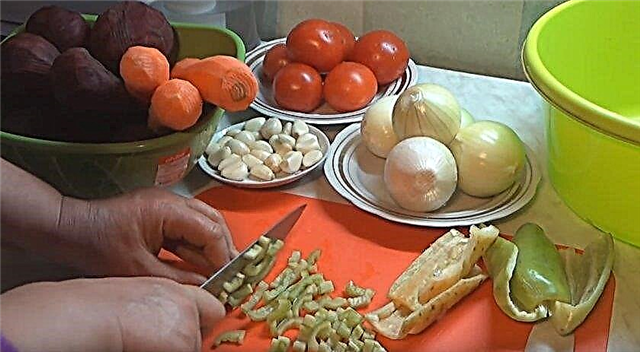
- Chopped onions.

- Tomatoes freed from the places of attachment of the stalk are cut into cubes.
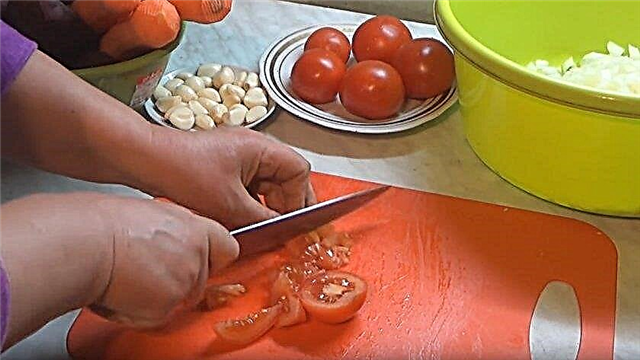
- Garlic is minced.
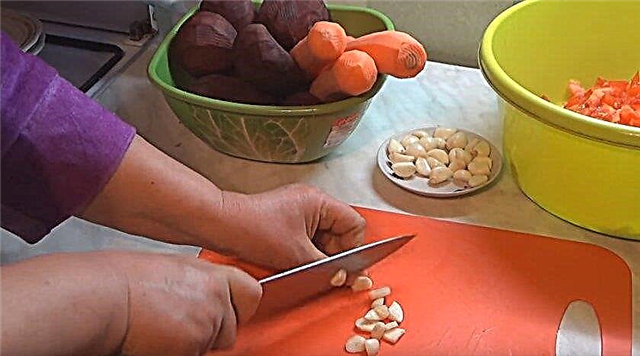
- Carrots are rubbed on a coarse grater.

- The same thing is done with beets.

- All chopped vegetables are then mixed in a large container.
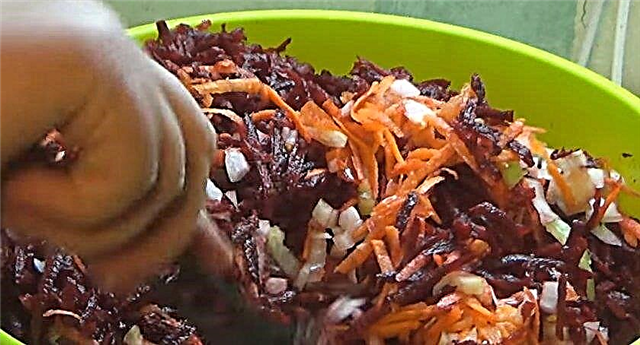
- The mixture is decomposed into packages in portions needed to prepare one borscht pan. In this case, the mixture should be distributed in packets in an even, flat layer, and when closing them, it is necessary to release excess air from them.
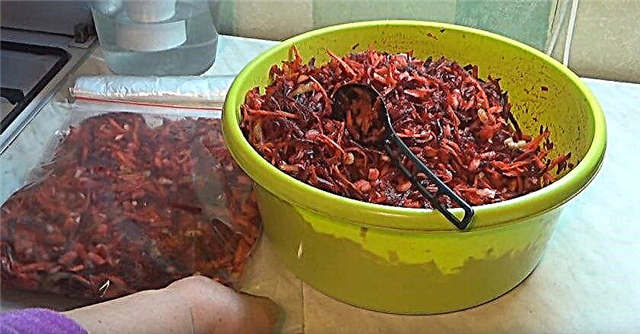
Video: how to prepare a dressing for borscht for the winter
Beetroot puree
Puree fresh beets are obtained by slicing them into small pieces, followed by chopping them with a blender. The resulting puree is most often placed in plastic or silicone forms, from which it can be conveniently removed in frozen form as briquettes used in the preparation of the sauce.
Beet Tops
Young beet tops contains a lot of useful substances that are stored in it even after freezing. From these leaves a very tasty and healthy green borsch is obtained. To hastily freeze the tops, it should be washed well, freed from moisture with a towel and cut into strips along with the stem. The resulting cut is packaged in bags and placed in the freezer.
With carrots
Since carrots, being also root vegetables, behave in the same way when frozen as beets, these two vegetables are great for joint freezing. After washing off the dirt and cleaning, the vegetables are chopped, mixed and distributed into packets.
How to defrost beets
To cook soup or borsch, the product does not need to be defrosted at all. Raw beets are laid in a pan in the middle of cooking, and boiled - before it ends. In such cases, it is very useful to freeze vegetables in the portions necessary for one-time cooking.
And for salads, boiled vegetables must be thawed. This should be done slowly, for which it is best to defrost the product on the middle or lower shelves of the refrigerator. You can do this at room temperature, but you should not use a microwave oven to defrost it to avoid overheating of the product.
Important! Repeated freezing of vegetables is unacceptable, since at the same time they lose all their useful qualities.
Shelf life
Even if the temperature conditions are strictly observed, frozen vegetables should not be stored in the freezer for more than 10 months. Freezing beets for the winter allows you to not only keep the maximum of nutrients in it, but also helps to save money, since vegetables are much cheaper during the season than in winter and especially in spring.











